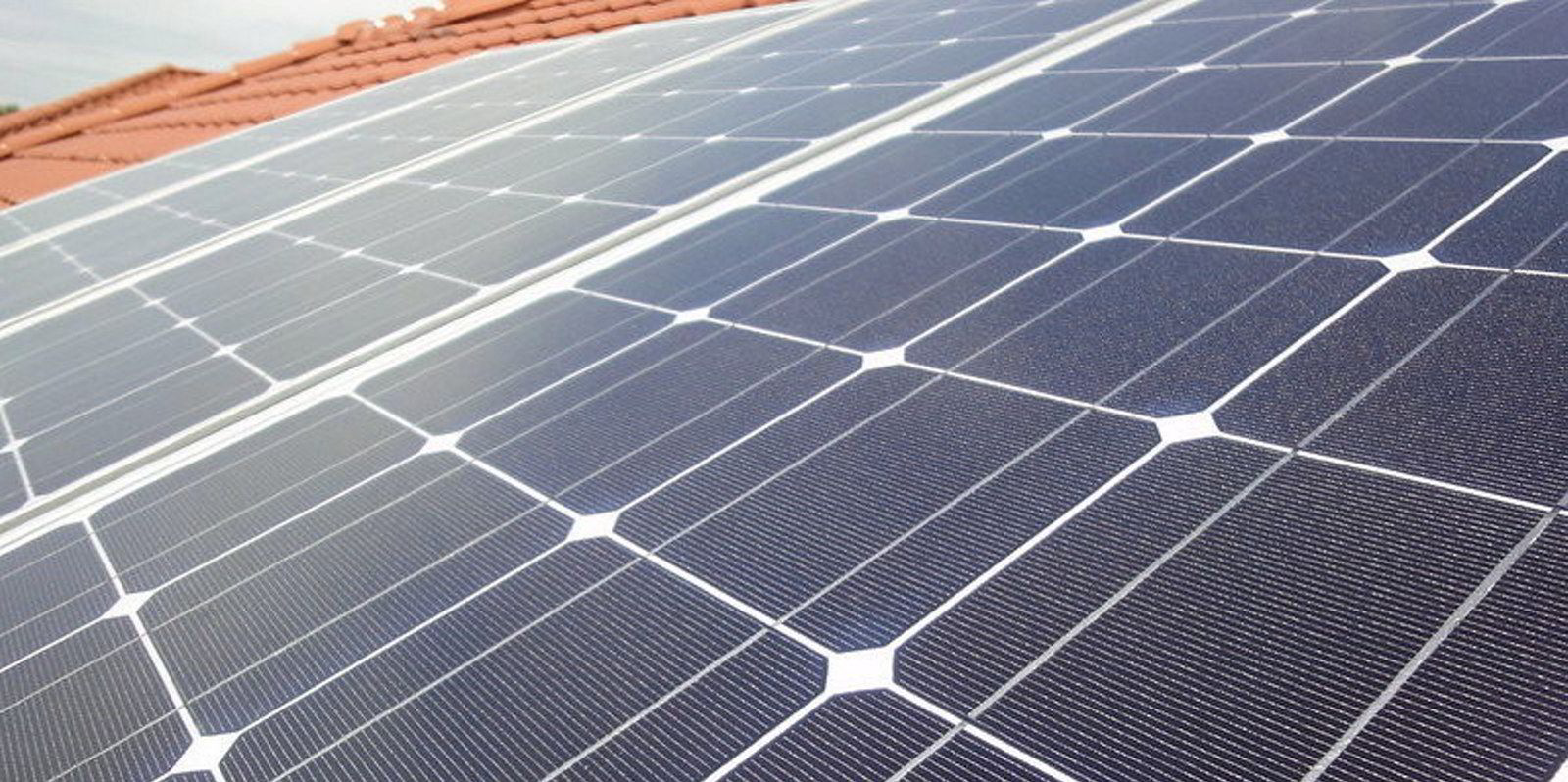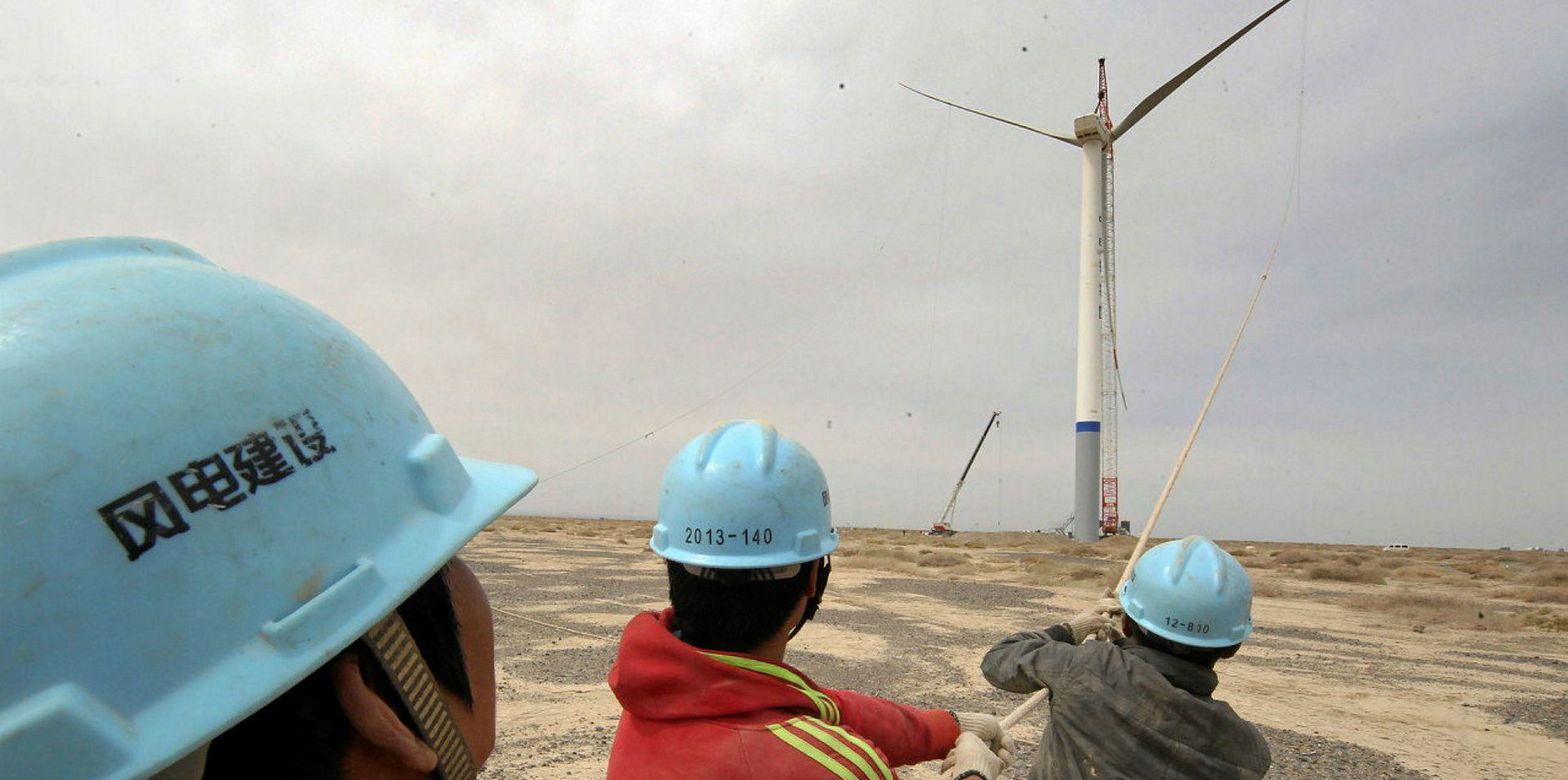The build-out of renewable energy capacity in Asia Pacific could swell by more than 50% in the next five years, with almost 300GW of new plant being added to the grid, according to latest calculations from Rystad Energy.
Get the market insight you need into the global oil & gas industry's energy transition – from the new newsletter from Upstream and Recharge. Sign up here
The Oslo-headquartered analyst group forecasts installed capacity of solar, wind and battery- and hydrogen-based storage in the region will see a “major boost”, growing to 815GW in 2025 from 517GW this year.
Solar power will spearhead the expansion in Asia Pacific, with capacity nearly doubling to 382GW from 215GW over the same time period, outpacing the onshore wind build, which is expected to climb to 341GW from 266GW by 2025.
Offshore wind will expand to better than five times is current fleet, with Rystad predicting a jump to 51GW from the current 9GW installed.
Battery and hydrogen electrolyser capacity is set to expand to 42GW from 26GW, said the analyst.
“Renewable energy growth has led engineering, procurement, construction and installation (EPCI) service providers in the region and Asian fabrication yards to fast-track their energy transition plans to actively target low-carbon markets and tender for such contracts,“ said Rystad senior energy service research analyst Lin Lin Goh.
Goh pointed to the fact that national oil companies (NOCs) in the Asia-Pacific region “are now following in the footsteps of their European counterparts” in shifting operations from fossils to renewables, as well as energy transition moves in nations including Vietnam and Malaysia, as some of the reasons behind the anticipated regional renewables boom.
“China’s three biggest NOCs – Petrochina, Sinopec and CNOOC – are looking to diversify into wind and hydrogen power,” said Goh. “In Vietnam, PetroVietnam has announced an ambitious target of 100MW (MW) renewable capacity by 2025 and 900 MW by 2035, which would make the country the most promising market for offshore wind in Southeast Asia.
“In Malaysia, Petronas has announced that it will grow its presence within renewables and recently invested in a solar photovoltaic system for the residential and small- to medium-sized enterprises sectors in Malaysia.”
Though a nascent sector in Asia Pacific, offshore wind will expand a rate of knots via mega-projects off China, including Yunlin, Taiwan’s Changfang and Xidao, Thang Long in Vietnam and Incheon in South Korea.
The Rystad report noted the “demand following” shift many traditional oilfield service companies in the region are making to diviersfity into offshore wind construction and installation, by building on their track-records with “long project life cycles that require integrated project management on a massive scale, dealing with mammoth structures” such as floating platforms and jacket foundations.
“EPCI companies, with a proven track record in oilfield services, have an edge when it comes to applying best practices and can leverage existing personnel competencies in every stage of an offshore wind construction and installation project, from design to operations,” said Goh.
“Floating offshore wind may also be an avenue for EPCI companies to capitalise on their experience in deepwater production facility installations and will be important in countries such as Japan and South Korea.”
Fabrication yards in Asia Pacific are expected to directly benefit from the surge in the number of offshore wind projects being developed in regional water as well globally.




